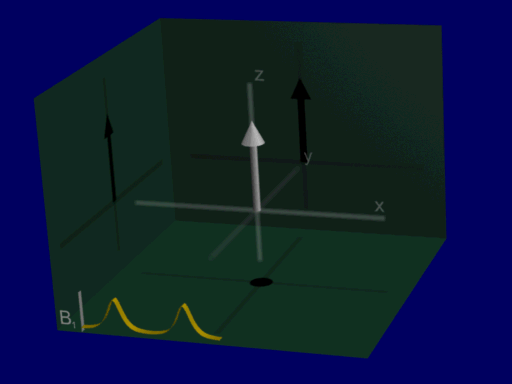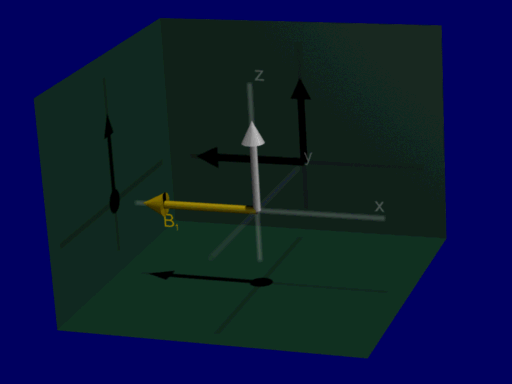Larson Advanced Imaging Group
Our research group takes an engineering-driven approach to develop advanced medical imaging methods, with most of our projects focusing on MRI although dabbling with CT and PET as well. The group is led by Prof. Peder Larson, and includes numerous collaborations with other researchers and clinicians. We have a broad range of projects, focusing on human or human-ready imaging technology, including:
- Metabolic MRI with hyperpolarized contrast agents
- Simultaneous PET/MR imaging systems
- Lung MRI
- Myelin MRI
- Radiation treatment planning
- Prostate and kidney cancer prediction using deep learning
We use tools such as signal processing, optimization methods, signal modeling, statistical estimation, MRI scanner programming, and deep learning, and apply these methods for human studies in oncology, urology, pulmonology, cardiology and neurology.
Our team is in Byers Hall at the UCSF Mission Bay campus, as a part of the Quantitative Biosciences Institute (QBI) at UCSF. The primary facilities available for research include 3T and 7T MRI systems, Hyperpolarizers, and electronics shop, and a machine shop, all of which are part of the Surbeck Laboratory for Advanced Imaging and are supported in part by the NIH-funded Hyperpolarized MRI Technology Resource Center. We also work on clinical imaging systems in our hospitals at our China Basin research facility. These include 3T MRI scanners, a 0.55 T MRI scanners, and a time-of-flight PET/MR at China Basin.
Additional research resources, including a blog, research project descriptions, and software packages are available on our GitHub-hosted webpage at the link below.
Larson Advanced Imaging Group Research Resources
We are looking for strong PhD graduate student and postdoctoral candidates, please contact if interested
Publications
Larson Group Publications on Pubmed


We have fun with spin physics and RF pulses



